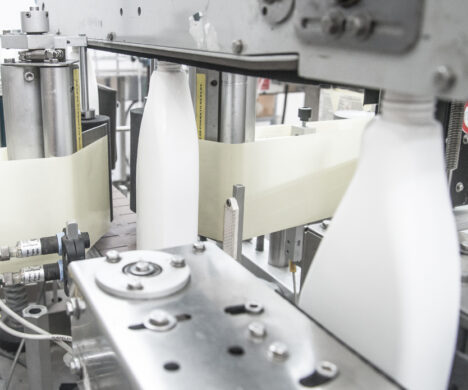Calligaris
ERP

The company
Calligaris was born in 1923 as an artisanal workshop producing chairs. The company grew over the years, gradually coming to have their trademark displayed on tables, furniture, sofas, objects and lighting. Today Calligaris is an international point of reference in the furniture and interior design sector: over 600 employees, 5 production plants, several subsidiaries – in Japan, France, Russia, the United Kingdom and the United States-, about 70 monobrand stores and spaces in multi-brand stores for a total of 500 units.
Requirements
The internationalization process that Calligaris embarked upon at the end of the 1990s resulted in the adoption of Oracle JD Edwards, which Sinfo One has been helping to manage since 2003.
After the initial objective of stabilizing the system in order to fill operational gaps, the multiple requirements expressed over the years by the company can all be traced to the need of harmonizing the complex information system with their business processes, aligning IT strategy with growth strategy on foreign markets.
Approach
Calligaris has found in Sinfo One not just a partner for the implementation of JD Edwards, but also a consultant ready to create value with new system releases suited to the international growth of the Group. In order to cover more company areas, the first functional and technological update (version 8.12) was made in 2008, embracing web-based architecture.
In 2016 the move to version 9.2 added a number of new tools and features – interfacing even more natively with the back office – and discontinued some dedicated software.
RESULTS
JD Edwards today is implemented in all the Calligaris departments, managing finance, procurement and distribution, and also operating in the manufacturing area in terms of planning and execution. In addition, the ERP is involved in the sales and configuration processes, where upholstered products include an enormous variety of combinations: 200,000 possible variants.
The upgrade of the 2008 release has brought significant improvements in terms of planning and understanding of product availability, gaining greater insight into the factory’s performance.
The 2016 upgrade enabled better support of the mobile world and optimized some processes through the central management of some functions (e.g., printing and automated sending of documents such as order confirmations).
With the Orchestrator tool included with the 2022 upgrade, integration with other external applications and the automation of some processes are facilitated. Furthermore, Orchestrator integrates the skills related to the IoT, a very promising area for the lighting sector




